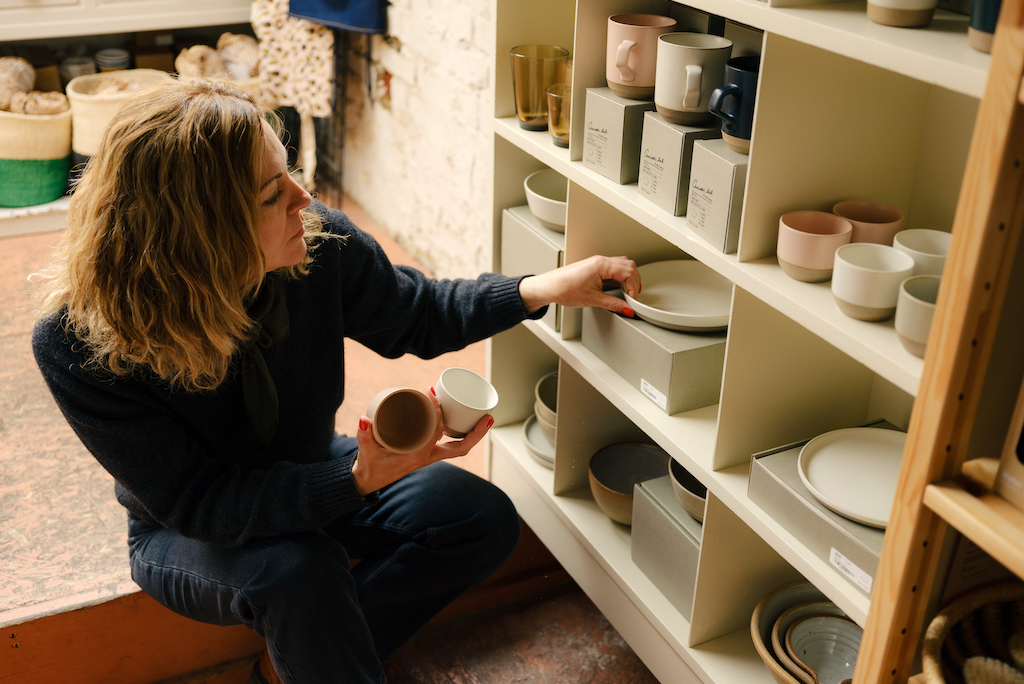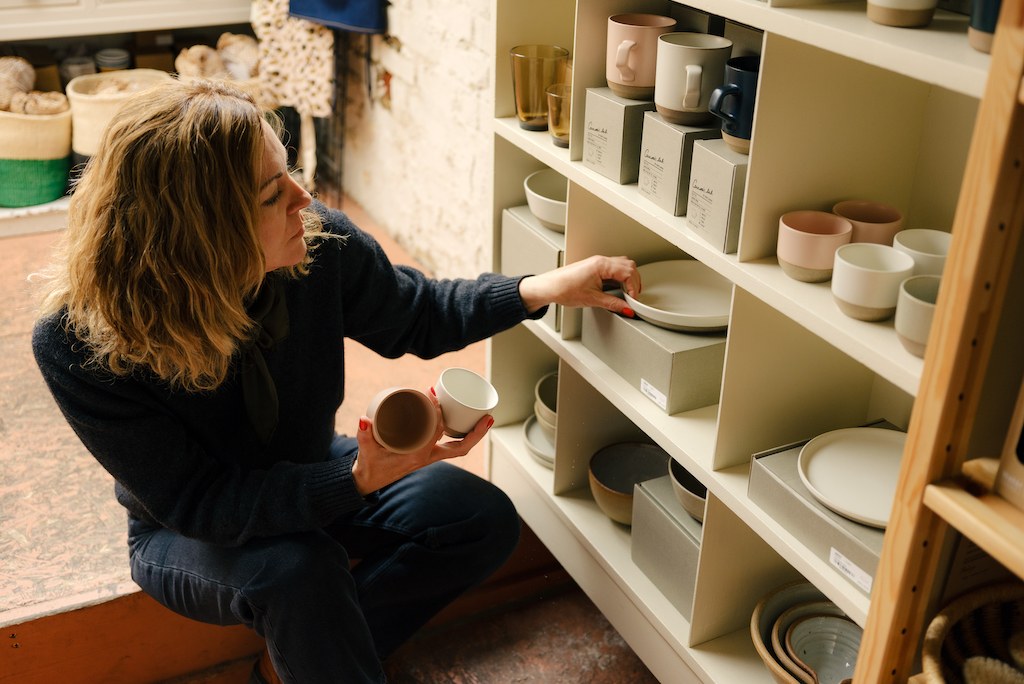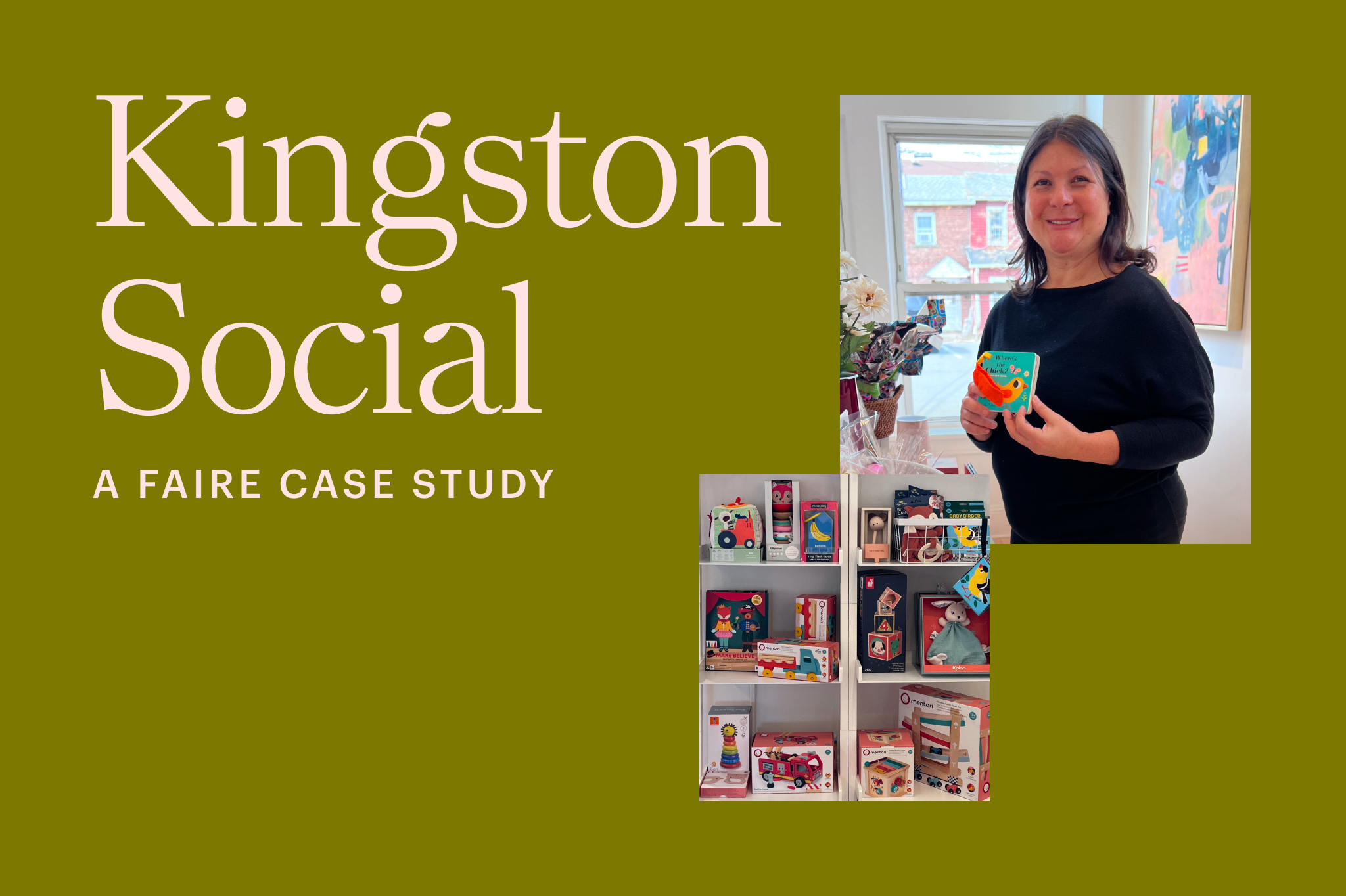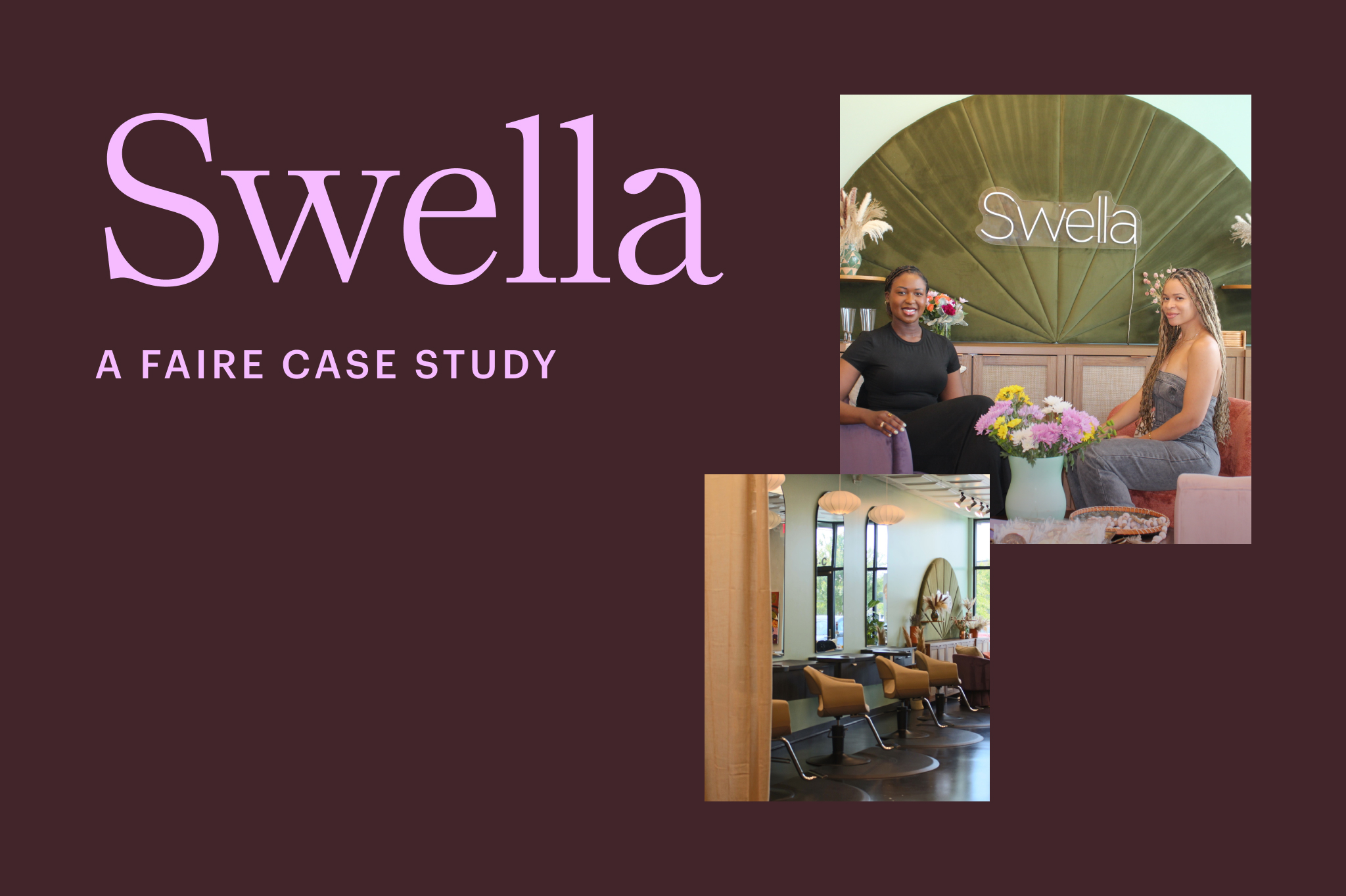

New businesses might succeed or fail based on their ability to correctly forecast how much inventory their store needs. A good balance of inventory can prevent headaches like unsold stock or selling out of products during a key shopping season. Open-to-buy, a framework for forecasting how much inventory a store needs on hand, can help retailers plan with confidence.
Following the open-to-buy process can protect shop owners during unexpected slow seasons and will help them predict what inventory they need—no more, no less. That means fewer wasted products and more revenue.
What is open-to-buy?
Open-to-buy, also known as OTB, is a measurement that stops you from ordering too much or too little inventory. Open-to-buy formulas assess the amount of inventory you currently have on hand, incoming inventory, and anticipated sales and precisely calculate how much more you need to buy. A store’s OTB can be measured in dollars or units, but dollars might be a better metric to start with since currency is less variable than units. You can use OTB to pinpoint the quantity you need of an individual product or to manage and plan inventory for your entire store.
Why should retailers care about open-to-buy?
You don’t want to find yourself at the end of the season with 100 wool blankets in your back room that you haven’t been able to sell. That means you used too much of your limited cash on inventory—cash that could have been invested in other areas of your business. And now that you have excess inventory, you’ll likely need to mark them down to 30% off and sell them at a loss just to clear your inventory. If you’ve worked hard to brand your blankets as luxury items, your brand reputation could be damaged by such deep discounts. (Some luxury brands will even go so far as to destroy excess inventory because discounts go against their brand’s image.) Too much inventory can open you up to a range of issues that go far beyond simply having a crowded back room.
But you also don’t want the opposite—that feeling of regret when your best-selling palo santo candles completely sell out the week before Black Friday. That means that you might miss critical sales goals for the holiday season, nudging your business away from profitability. In addition, your customers’ satisfaction will plummet when they realize you don’t have what they want, and they may move on to another brand instead of building loyalty with yours.
An open-to-buy strategy prevents both overstocking and stockouts, two common problems that can negatively affect a retail business’s bottom line. By forecasting inventory needs precisely, retailers can improve cash flow and avoid tying up too much capital in unsold products.
How to calculate open-to-buy for your retail business
The open-to-buy formula helps you calculate the right amount of inventory to purchase by factoring in your planned sales, beginning inventory, and ending inventory. This simple yet effective strategy helps you avoid both excess inventory and lost sales opportunities.
The formula for open-to-buy is: Planned sales + Beginning inventory – Ending inventory = OTB.
As we mentioned before, you can measure this in units or dollars, but for this example, we’ll measure in dollars. In order to calculate OTB, you need to collect several pieces of information. First is your planned sales or how much you anticipate to sell during a given period. You can base this on your sales data from previous months. Second is your inventory level at the beginning of the month, and third is your inventory level at the end of the month.
This is the most basic formula for open-to-buy and may shift depending on your business. Do you have a major sale planned for the upcoming season? Then you should add those markdowns to your planned sales. For example, if your beginning inventory is $60,000, your planned sales are $30,000, your markdowns are $700, and your end-of-month inventory is $50,000, then your OTB is $40,700.
How often should you calculate OTB for your business?
The open-to-buy formula can be used at any time interval that’s best for your business and will depend on how often you tend to need more inventory. Maybe you have a high inventory turnover and replenish stock every two weeks. Then you should calculate OTB on a biweekly basis. If you order inventory on a quarterly basis, then you should calculate open-to-buy only every three months.
Which retailers should use open-to-buy?
Open-to-buy can be useful for retailers across industries when it comes to forecasting inventory needs. But depending on your type of business, open-to-buy may not be as relevant. If you’re a grocery store that sells staple items, then OTB isn’t as useful. People will always buy the same amount of certain things, like flour or rice, every week.
Another segment of retailers who might not use OTB are those who specialize in limited-edition drops that are intended to completely sell out. For example, a popular streetwear company like Supreme or Off-White may do a special release without any warning to maintain hype and exclusivity around their brand. For brands that use sudden product drops like this, OTB would be difficult to calculate and not worth the hassle.
Most often, an open-to-buy strategy is best for brands that have a lot of SKUs, like a trendy clothing retailer. With many SKUs, an OTB plan will help you stay organized and make sure you always have the right amount of a certain product on the shelves.
Things to keep in mind while you plan:
1. Understand inventory turnover
Inventory turnover is the rate at which you can sell products to customers. It will tell you if a SKU is selling quickly or no longer in demand. If you have an inventory turnover rate that is very high, meaning you sell through inventory quickly, then your open-to-buy amount will be larger than a brand with low turnover.
2. Keep track of your financial data
For open-to-buy formulas to work, you need to feed the formula accurate data. If you have poor recordkeeping, then your OTB will be inaccurate, leading to costly mistakes. You should keep all the information you need (planned sales, beginning inventory, ending inventory, and planned markdowns) in a regularly updated spreadsheet.
4. Be vigilant and nimble
Plans are important, but plans should also be flexible to change. Let’s say you know there’s a supply chain disruption in your niche or that your preferred wholesale vendor is going out of business. Then it may be difficult to source the organic cotton dresses you need next season. You might increase your open-to-buy to span three months instead of one to avoid selling out of your bestseller.
Final thoughts
Retailers who want to get serious about inventory planning should start crafting their open-to-buy strategy. Inventory can be one of the most expensive costs of running a business, and an open-to-buy strategy ensures that you’re spending that money wisely on the right products and at the right time.
Are you a new retailer? Read more about Open with Faire and learn how to apply for up to $20,000, with 60-day payment terms, to stock your new shop.




